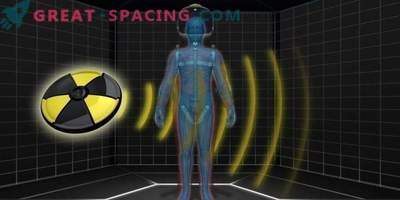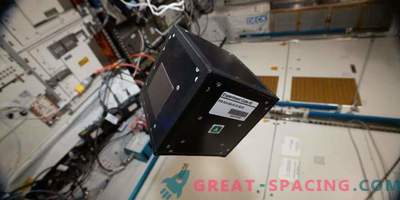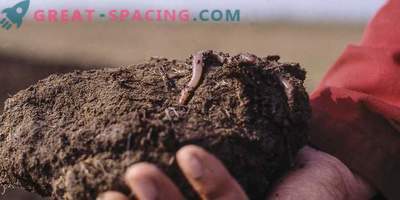
For the first time on the ISS, a study from Britain is met after a successful launch of the experiment from the Kennedy Space Center at Cape Canaveral. The experiment with the use of microscopic nematode worms was among the cargo delivered by the SpaceX spacecraft from SpaceX, after launching on December 5 on the Falcon 9 rocket.
Outer space is an extreme environment that causes many negative changes in the body, including a significant loss of muscles. In fact, astronauts lose up to 40% of their muscle mass in orbit in 6 months. Worms on the ISS are part of the Molecular Muscle experiment, which will study specific molecules that lead to problematic transformations. It is also planned to test new treatments that prevent the loss of muscle mass with zero gravity.
Molecular changes
The molecular muscle experiment is the first study that attempts to establish the exact molecular causes of neuromuscular loss in space. For this, manipulations with genes and drugs are used. Earlier studies have shown that microscopic worms (C. elegans) and humans experience similar molecular transformations in outer space that affect muscles and metabolism. Now the muscles of thousands of worms will be considered as an experiment in the orbital laboratory. It is known that the observed changes in the muscles of the astronauts are a wonderful model for studying the process of aging muscles. Researchers can use the data to better understand the aging process of the human body.
Practical advantages
Worms are ideal for experimenting, because at the molecular level (structurally and metabolically) they are similar to humans. In addition, they successfully fit into space research: small, fast growing, cheap and easy to maintain.
The launch of the worms was postponed for one day, because among the cargo they found moldy food belonging to experiments with mice. Before starting, the worms were immersed in a liquid bacterial vessel and sealed in special plastic bags. Then they were placed in a container and an incubator. The worms will multiply, they will spend 6.5 days for growing, after which they will be frozen and prepared for shipment to Earth for further research and verification of the effects of microgravity and the space environment.











































